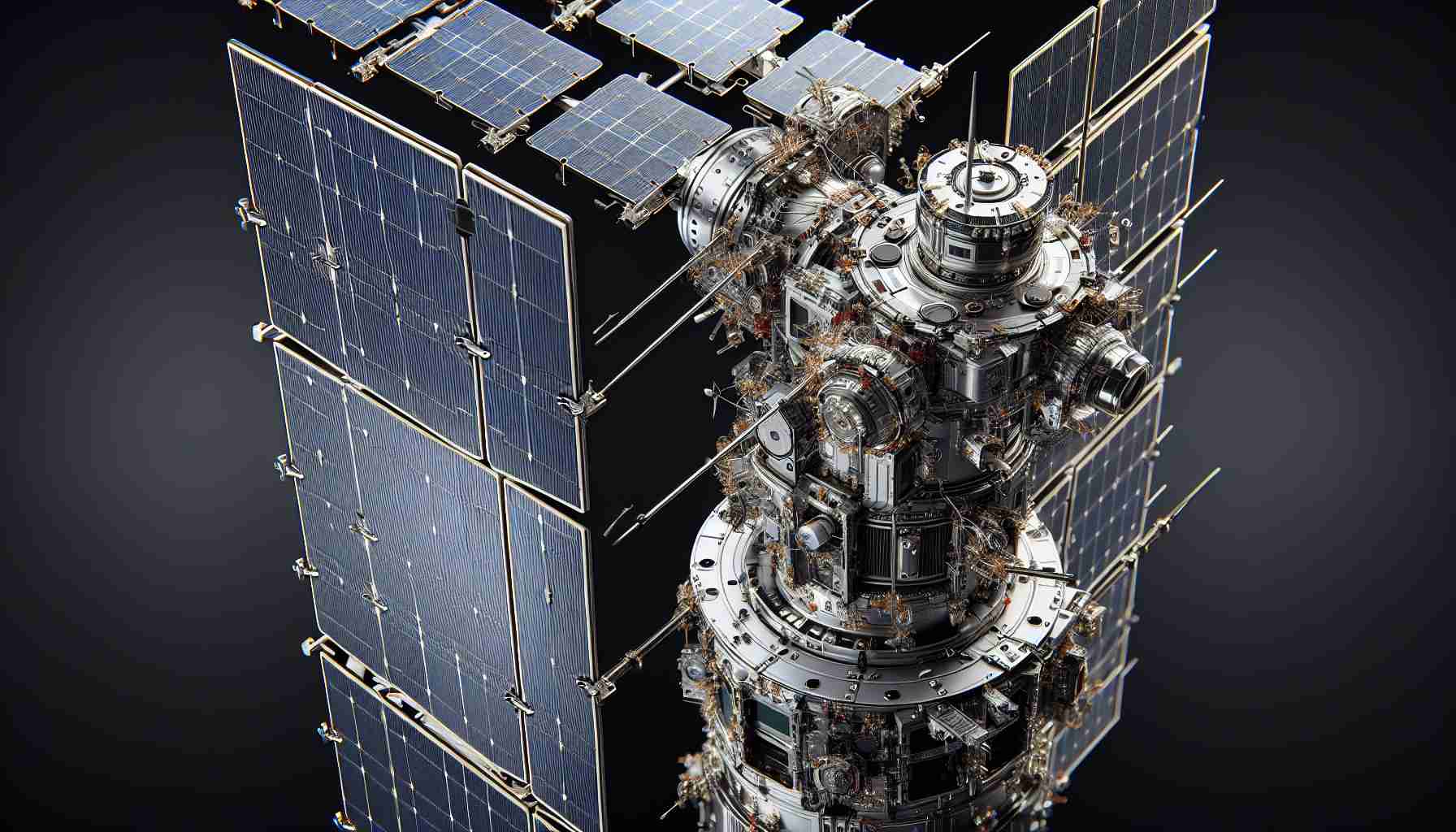
Auria, a space systems and software innovator located in Colorado Springs, has recently secured a significant contract with the Air Force Research Laboratory. Over the next four years, the company will focus on advancing its cutting-edge Satellite Fusion, Inference, and Reasoning Engine, known as SaFIRE.
The contract emphasizes the importance of autonomous planning capabilities, which are crucial for enhancing situational awareness and ensuring the resilience of satellites. To achieve this, Auria will implement its commercial-off-the-shelf Autonomous Planning System (APS) during a series of experiments aimed at optimizing the satellite’s agile camera assembly for monitoring the environment surrounding the satellite, particularly tracking resident space objects (RSOs).
In addition to optimizing sensor performance, Auria’s testing will explore SaFIRE’s ability to identify and track new RSOs over time. The research will take into account a variety of variables such as the satellite’s sensor specifications, the orbital dynamics of the RSOs, and the prevailing lighting conditions in space to create a highly efficient observation plan for SaFIRE.
Previously tested in the Space Development Agency’s Prototype On-orbit Experimental Test Bed project during Loft Orbital’s YAM-3 mission in 2022, Auria’s APS has already proven its capabilities. This step forward reinforces Auria’s commitment to pioneering advancements in satellite technology.
Innovative Satellite Technology Pioneered by Colorado Springs Firm: A New Frontier
Auria, a leading firm in space systems and software based in Colorado Springs, is making headlines with its groundbreaking initiatives in satellite technology. Recently, the company secured a pivotal contract with the Air Force Research Laboratory to enhance its innovative Satellite Fusion, Inference, and Reasoning Engine (SaFIRE) over the next four years. This initiative is not only a testament to Auria’s expertise but also highlights the increasing reliance on advanced satellite systems for national security and environmental monitoring.
What are the core technologies being developed by Auria?
Auria’s SaFIRE is at the heart of its innovation, leveraging artificial intelligence and machine learning techniques to process vast amounts of data from satellite sensors. The Autonomous Planning System (APS) is integrated within SaFIRE, enhancing its ability to create real-time observation plans. These technologies work synergistically to improve situational awareness and resilience in the face of potential threats from space debris and other orbital challenges.
Key Challenges and Controversies:
1. Data Privacy and Security: As satellites become more adept at monitoring vast areas, concerns arise regarding the privacy of data collected, especially when it pertains to civilian populations.
2. Space Debris Management: The increase in satellite operations could contribute to the already critical issue of space debris, raising questions about how these technologies will ensure the safety and sustainability of orbital designs.
3. Contractual Oversight: Ensuring that the contract with the Air Force Research Laboratory meets regulatory and ethical standards is essential for the public’s trust in using such technologies for defense purposes.
Advantages of Auria’s Satellite Innovations:
– Enhanced Autonomous Operations: The ability of SaFIRE to autonomously plan observation missions allows for quicker response times to emerging threats.
– Increased Monitoring Efficiency: By optimizing sensor performance, the system can make better use of available resources, potentially saving costs.
– Scalability of Technology: The modular nature of APS enables it to be easily adapted for various missions and satellite configurations.
Disadvantages and Limitations:
– High Development Costs: The cutting-edge technology comes with significant investment requirements that may affect overall project funding.
– Complex Algorithms: The sophistication of the algorithms used may pose challenges in real-time execution and troubleshooting during missions.
– Potential for Misuse: With advanced satellite capabilities comes the risk of misuse in military applications that could escalate into hostile engagements.
In conclusion, Auria is poised to significantly impact the satellite technology landscape with its development of SaFIRE and APS. As they address underlying challenges, the firm is not only pushing the boundaries of innovation but also setting a higher standard for ethical considerations in space operations.
For more information on Auria and their innovative projects, visit their official site at auriaspace.com.



